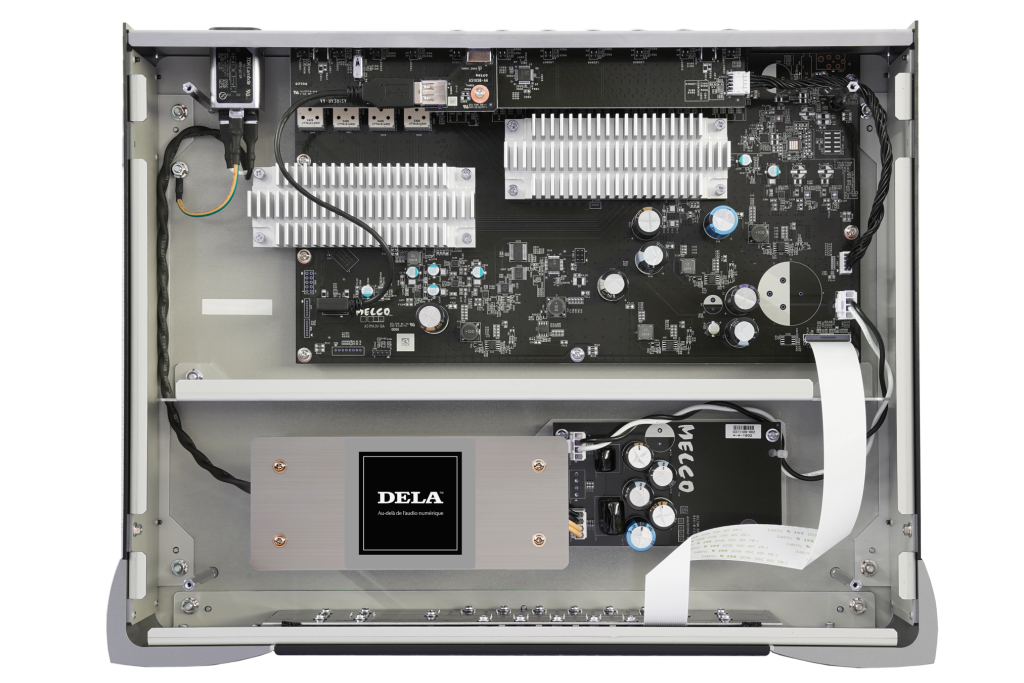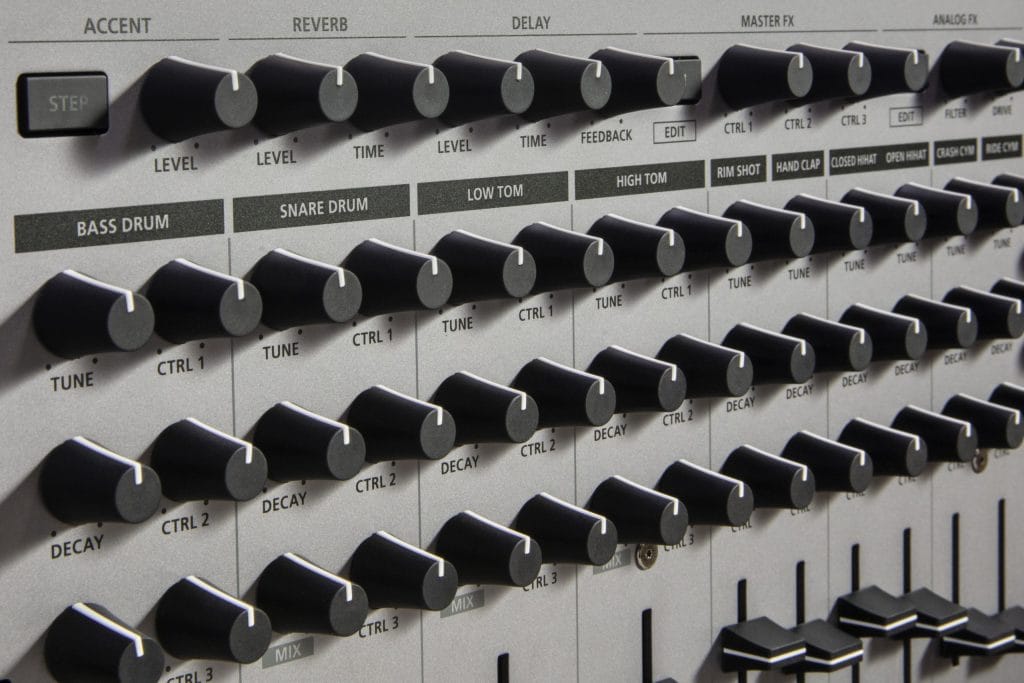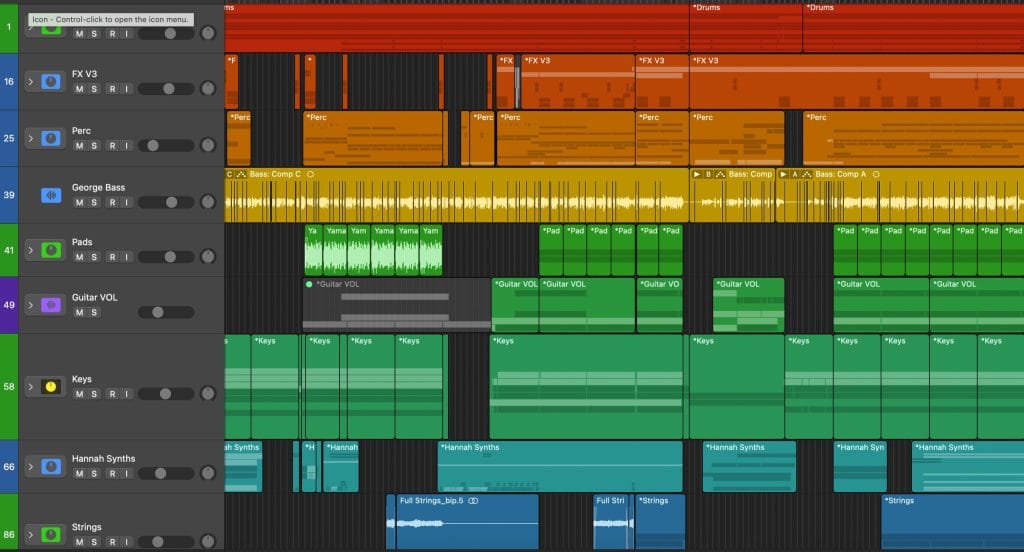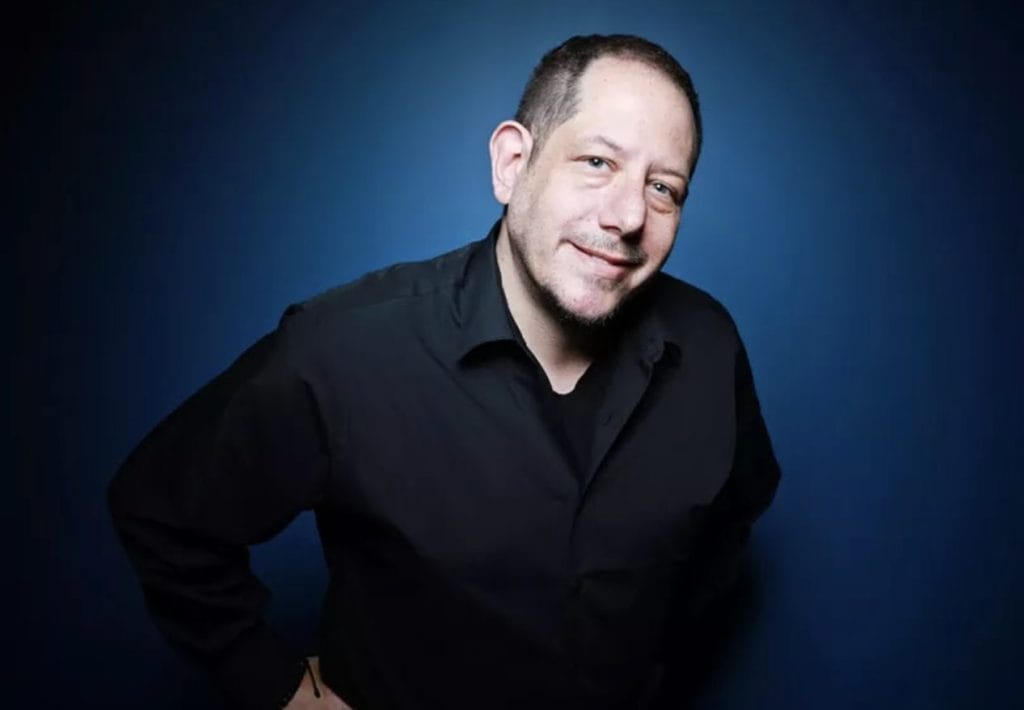Dance music programming in 2025 looks a lot less like old-school gatekeeping and a lot more like a high-speed relay between artists, data, and instinct. For this interview, I sat down with Geronimo, SiriusXM’s Vice President of Music Programming – one of the people behind the scenes pulling those threads.
He’s someone who’s on air at BPM every morning, shaping SiriusXM’s sound alongside a network of programmers, hosts, and collaborators across multiple channels.
We talked about what makes a track “radio-worthy” today, how SiriusXM’s format stacks up against algorithmic playlists, and why Miami Music Week remains a key moment for dance music discovery. The answers are practical, honest, and packed with helpful context for artists trying to break through.
If you’re making electronic music in 2025, you’re going to want to take notes.
First off, how would you describe what your role actually looks like day to day—what does programming dance music at SiriusXM mean in 2025?
It’s always a team effort working with some great programmers like Dre Nieto for Diplo’s Revolution and Chill, Rida Naser for BPM, Rawle Becerril for Armin van Buuren’s A State of Armin, and Michael Tam for Steve Aoki’s Remix Radio.
We collectively have ears everywhere—from clubs, new music releases, festivals, and 1001Tracklists. As a collective, we are always looking for the next big sound within the dance genre and meet and speak regularly.
What makes something feel “radio-worthy” today compared to something that works better in a playlist or algorithm feed?
It’s truly our human touch that allows us to examine the algorithms of various songs and then determine by instinct, heart, and gut if it’s something that we feel will please our subscribers and listeners.
A recent example of this is a song in a genre I like to refer to as “Emotronic,” bass music with a nice drop and super emotional lyrics. The artist is Sadbois featuring UNDY, and the song is called “Bloom.” I heard it on a mix and it immediately gave me that feeling of, “The audience will love this.”
After further researching the song’s history, it had never been played on radio and we decided to make it a BPM Breaker, which is something we reserve for new songs and artists we believe in. Within a month, the song went from 463 Shazams to about 4,400, which we can track back primarily to its airplay on BPM. This is where human gut, passion, and instinct plays a key role.
How do you see SiriusXM’s dance programming fitting into a world dominated by Spotify and Apple Music?
We are a different type of service. We are utilized more like a companion with human hosts giving their point of view, personal opinions, and anecdotes.
I’m on the air on BPM Monday through Friday at 7am ET and talk about things like my Miami Music Week experiences, how cool it was to see Major Lazer and LP Giobbi play live in our Miami studios and bring the party to the listeners.
I also interact with them via Instagram and the response is usually great, with the rare reply of “be quiet and just play the music.” We do actually limit the talk to quick, concise but relatable breaks.
What sets BPM or Diplo’s Revolution apart from a top-tier curated playlist on a streaming platform?
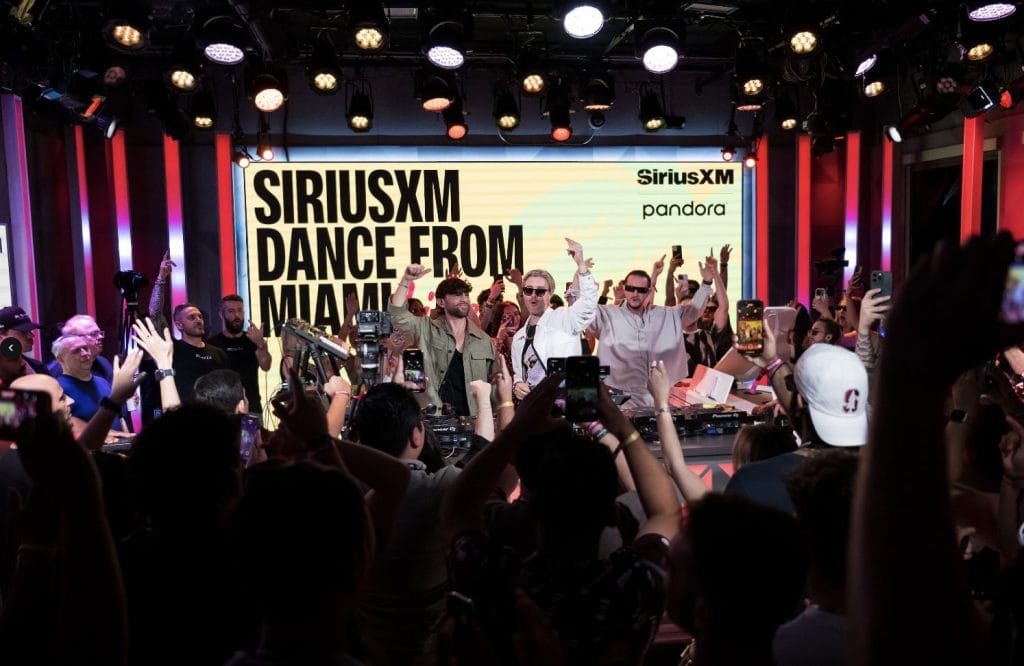
For BPM, no doubt it’s the hosts and human curation. Two of our BPM hosts are extremely active on social media—Erin Constantine and Bobby Hendrickson—and they are both absolute experts at relating to the audience.
Rida Naser, who is the Program Director for BPM, is on the air as well and is constantly networking with artists, managers, DJs, producers, and label execs to keep track of important releases from DJs with shows on BPM like Tiësto, The Chainsmokers, Martin Garrix, Uniiqu3, LP Giobbi, Aluna, and many others. Plus, she’ll also keep a close eye on what is working on Pandora and other DSPs.
Dre Nieto is the ears and eyes for Chill and Diplo’s Revolution. He works closely with Diplo’s team, and the trust and friendship Dre has with them is pretty magical. He works closely with Diplo, who is constantly listening to the channel and choosing songs to play.
I also must shout out Edwin “Phenom” Paredes and Disko Drew Rodriguez, who program Pitbull’s Globalization. Since Pitbull lives in many music worlds, the channel has a major presence in Miami.
Legendary DJ Richard Vission has a weekly show where he interviews many of the top artists in dance. In our Miami studios this past week, Italian trio Meduza³ performed a live DJ set on the channel with full instrumentation including piano for an audience of subscribers, and it was the coolest thing I saw all week.
SiriusXM goes big for Miami Music Week every year—what’s the thinking behind turning it into a full-blown radio event?
Miami Music Week is important for a variety of reasons. Most importantly, Ultra Music Festival and the many parties that happen during the week act as a vital launching pad for music that many electronic artists have spent the winter working on.
It’s like bears coming out of hibernation. We are all hungry to hear great live music, DJ sets, and what will be the sound of the summer.
Years ago, we partnered with the W Hotel and later the One Hotel to create incredible parties with DJ sets from Marshmello, Martin Garrix, Calvin Harris, Tiësto, and Swedish House Mafia. When we opened the SiriusXM studio in South Beach, Miami, things came full circle as we now had our own space for full-blown studio-quality performances, and that’s where our MMW focus is right now.
This year we had over 55 artists come through the studios for interviews and performances, including audience events with Above & Beyond, Major Lazer, Meduza³, and more.
With attention spans shrinking, what keeps people coming back to SiriusXM instead of drifting off into endless algorithm scrolls?
We work really hard on this, knowing attention spans are getting shorter and shorter. Many channels do internal research to gauge how people feel about the songs we play.
We actually solicit fans to help us program the music on the channels. One specific factor that we focus on is “burn.” Realizing and understanding that people quickly get tired of repetition, our channel programmers keep a close eye on this using a real human touch.
A good example of this is “Shiver” by John Summit and Hayla. As powerful as the research is on that song, there is also a coalition of our audience that thinks, “Ok, I’ve heard it enough.” This is a difficult thing to manage, so this is where human curation is crucial.
If you were talking to a new artist today, what would you tell them about the role of radio in growing their audience in 2025?
It’s not a secret that it’s possible to break through without a major label backing you. I tell artists all the time to utilize the free options that are available. Get your music everywhere.
I’ve had countless artists say to me, “I love being on Spotify, Apple Music, YouTube Music, but when the radio host on SiriusXM introduced my song and my name and the song title scrolled across, my career totally skyrocketed—and the feeling was like nothing I’ve felt before.”
Radio still has that power for many people, and as advanced as technology gets, I get no more satisfaction professionally than knowing that we helped elevate someone’s career, even a little bit.
The post How SiriusXM Keeps Dance Radio Relevant in the Age of Algorithms appeared first on Magnetic Magazine.



